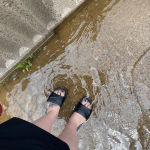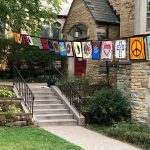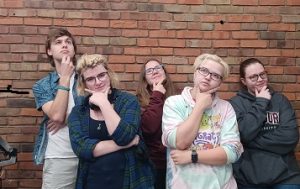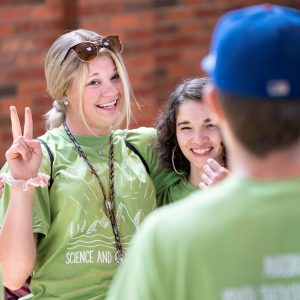It’s sometimes strange to be a young adult that cares deeply about the church. I have so much hope for the possibility of a church that embodies God’s promises, and I lament the way in which the church has created, sustained, and participates in harm.
So many of my peers who might consider themselves “Christian” have discerned that the institutional church isn’t something that they are willing to invest their energy or resources into any longer. We have often experienced church as a community that doesn’t live out the things it claims to believe in. When we’ve sought out a community of belonging that nourishes us and compels us to live our lives for the sake of the neighbor, we oftentimes found instead a place that intentionally or unintentionally perpetuates harm and exclusion, a place that continues to sustain white supremacy as the status quo, a community that prioritizes the privileged, and tokenizes people perceived as “other.”
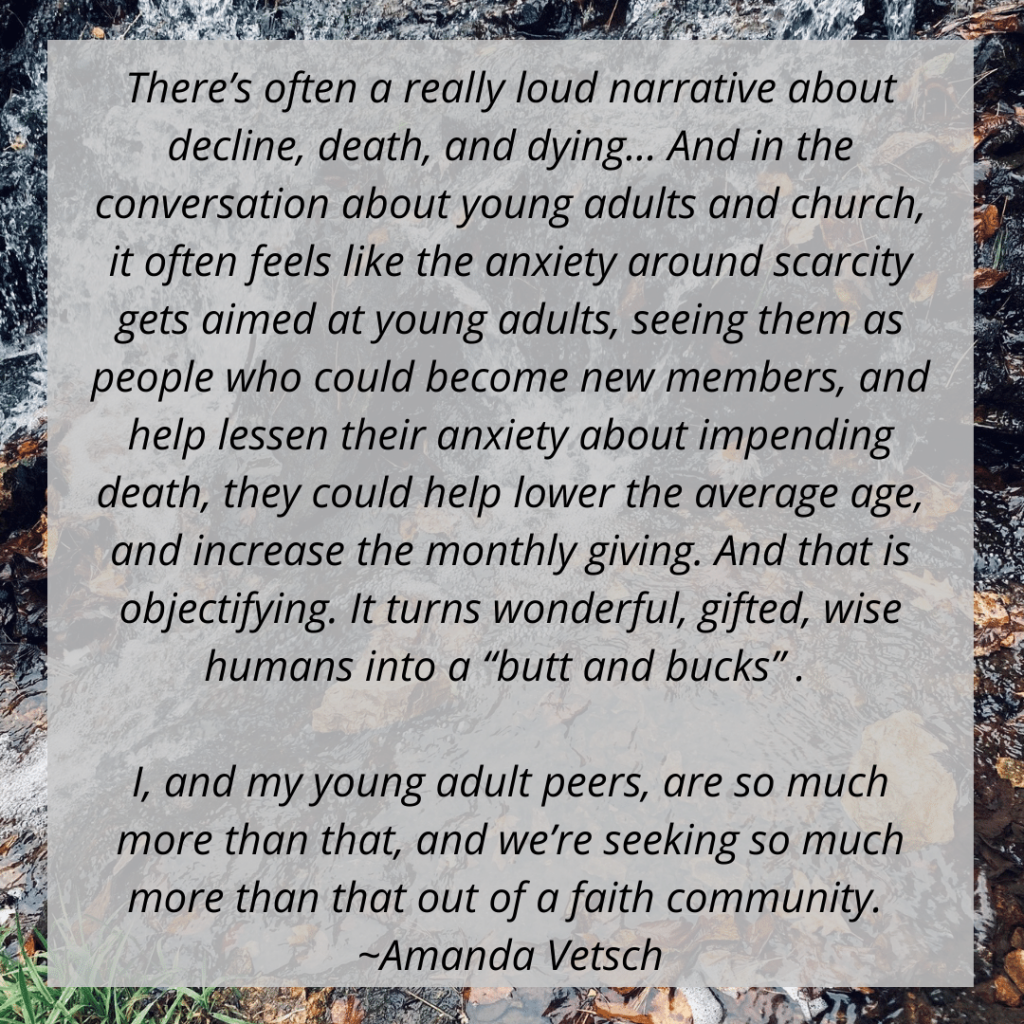 There are definitely churches and communities that are practicing their beliefs, and are committed to dismantling the systems of oppression, and living into God’s promises. And yet there are so many more that so badly want people to join them, and haven’t quite figured out how to let go of a way of life that’s no longer serving them, and not in alignment with God’s vision.
There are definitely churches and communities that are practicing their beliefs, and are committed to dismantling the systems of oppression, and living into God’s promises. And yet there are so many more that so badly want people to join them, and haven’t quite figured out how to let go of a way of life that’s no longer serving them, and not in alignment with God’s vision.
There’s often a really loud narrative about decline, death, and dying. This narrative is one that comes out of a scarcity mindset, rather than abundance. And in the conversation about young adults and church, it often feels like the anxiety around scarcity gets aimed at young adults, seeing them as people who could become new members, and help lessen their anxiety about impending death, they could help lower the average age, and increase the monthly giving. And that is objectifying. It turns wonderful, gifted, wise humans into a “butt and bucks” . I, and my young adult peers, are so much more than that, and we’re seeking so much more than that out of a faith community.
Realistically, we’re not going to save the church, quite frankly many of us don’t want to. There are parts of the church that I think should die, especially the parts that are interwoven with white supremacy, and perpetuating an oppressive, harmful status quo.
For the last couple of years, I’ve had the opportunity work alongside faith communities that are chasing after what it could look like to be part of God’s redemptive work in our world, here and now, and wondering about and practicing a way of life together that brings flourishing and life to everyone. Continue reading “Stewarding Work with Hope and Lament by Amanda Vetsch” →


